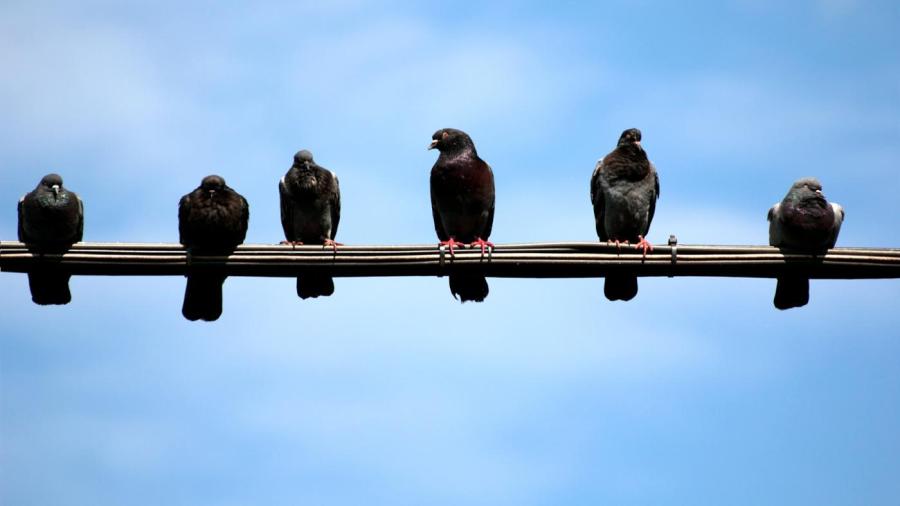What Is the Difference Between a Dove and a Pigeon?

According to Global Britannica, although the terms dove and pigeon are often used interchangeably, there are differences between the two species. Doves typically have smaller bodies and bigger tails than pigeons. But there is an exception: the domestic pigeon, which is often called a rock dove and also known as the “dove of peace.” Pigeons and doves belong to the same family, Columbidae, and have many similar features.
Generally, both pigeons and doves have thick, round bodies, short necks and short, slim beaks. They also have small, rounded heads and small, scaly legs. They tend to feed on plants, fruits and seeds, with seeds being their main diet. Young doves and pigeons are called squabs. There are over 300 species of doves and pigeons in the Columbidae family, but each species has its own unique style or sound of cooing or crooning. Every country in the world except Antarctica has pigeons or doves.
Though they belong to the bird class, doves and pigeons are unlike most other birds. Both the male and the female of Columbidae species produce milk for their young. Their milk is called crop milk. It contains a higher level of protein and fat than the milk produced by mammals.





